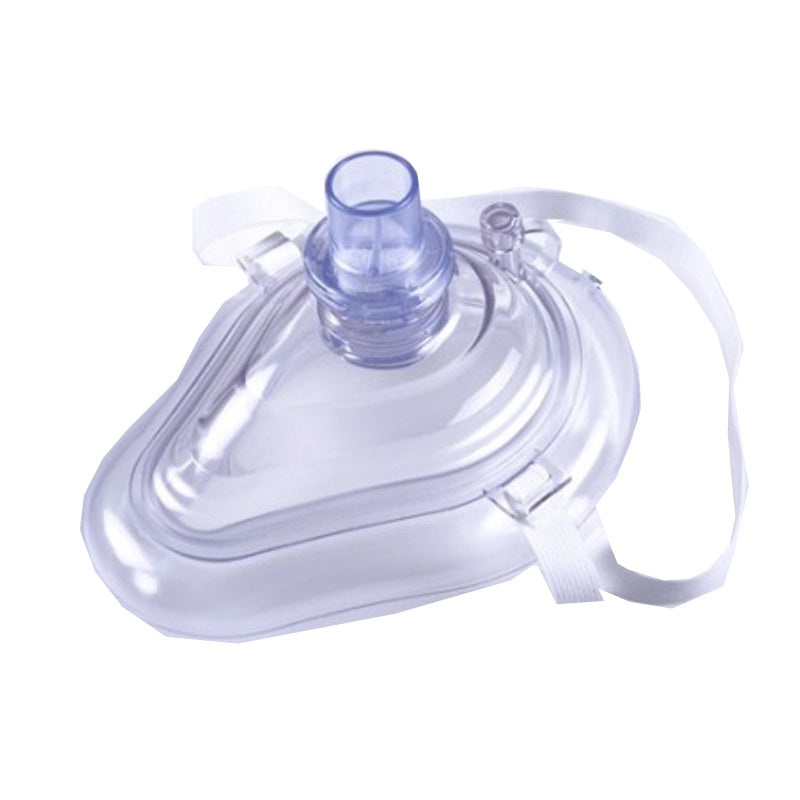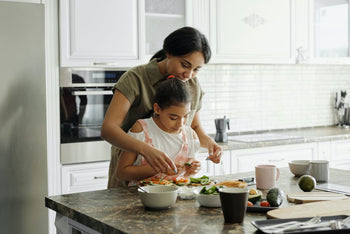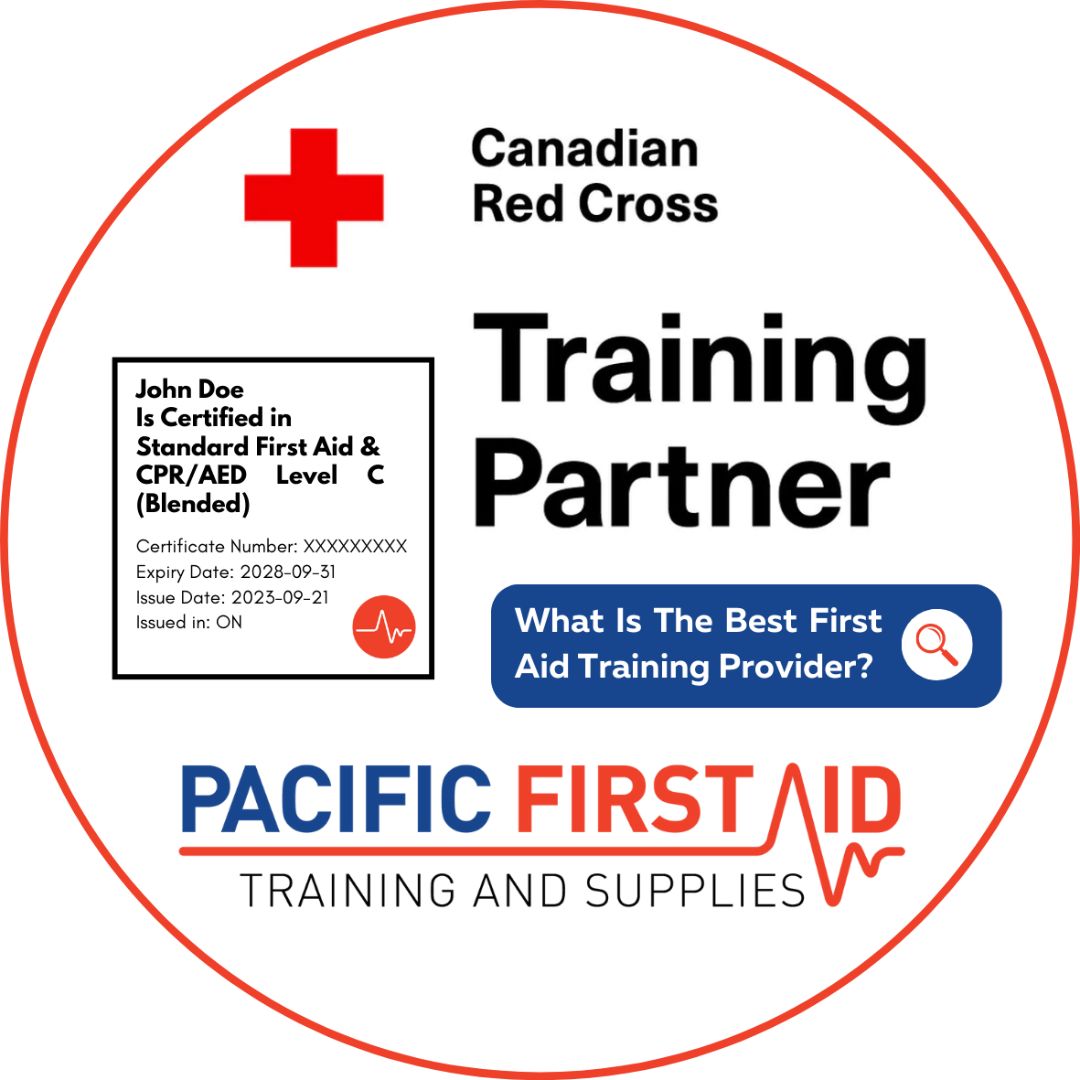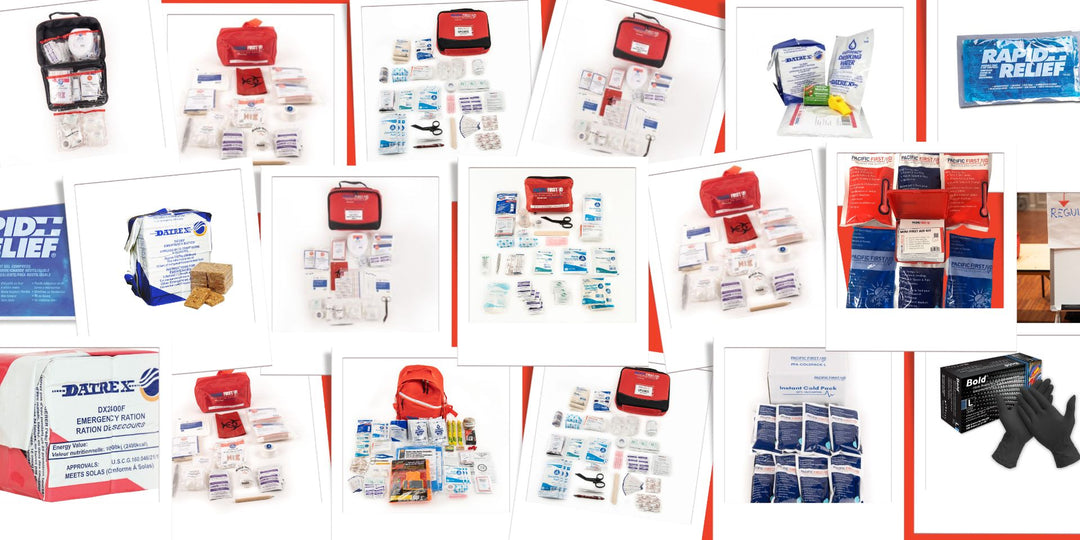
Food safety tips for poultry
Photo Credit: Tim Bish
“Don’t wash your chicken,” is one of the important tips that the Partnership for Food Safety Education encourages consumers to follow to prevent food-borne illnesses.
These illnesses, commonly called food poisoning, affect over 40 million Americans each year. Gastrointestinal problems is the most common symptom of a food borne illness but it can also lead to more serious health issues, including kidney failure and other chronic health problems. Children and older adults are more likely to get sick from foodborne illness because their immune systems are not as strong to fight off an infection. Chicken is the second-largest food category responsible for foodborne illnesses. Just one drop of raw poultry juice contains enough of the germ Campylobacter to cause illness.
Practicing safe food handling at the store and home can prevent these illnesses. Use the disinfectant wipes available at the entrance of the store to wipe the handlebar and child safety seat as well as other surfaces on the cart. To prevent cross-contamination, use a plastic bag over your hand when selecting a package of raw chicken or turkey, then wrap the bag over the poultry before placing it in the cart. Check the sell-by date on the poultry package to be sure that it is fresh and safe to eat. Keep the poultry away from ready to eat foods like produce, dairy and baked goods by placing the wrapped poultry in the bottom of your cart and carry it home in a separate bag.
At home, be sure to keep poultry in the plastic bag and place it on a lower shelf of the refrigerator. This prevents juices dripping from the chicken to foods on shelves below. If you do not plan to cook the chicken within two days, place it in the freezer for longer storage. Once the chicken is frozen, it must be thawed in the refrigerator at 40 degrees and not on the kitchen counter.
When you are ready to cook the chicken, resist the urge to rinse or wash the chicken. Rinsing the poultry under running water increases the chances of raw juices, which contain germs that cause foodborne illness, to splatter on the walls and counters near the kitchen sink. Rinsing is not necessary to “clean” the chicken because cooking poultry to 165 degrees will kill all the germs. The only way to know if it has been cooked to the proper temperature is to use a food thermometer.
Place the food thermometer in the thickest part of the poultry, making sure not to touch bone, fat or gristle. If the thermometer does not register 165 degrees, the chicken needs to cook longer, regardless of the color of the meat.
Clean the food thermometer with hot, soapy water after each use. It is also important to wash your hands before and after handling raw meats and poultry using warm water and soap to prevent contaminating other foods and surfaces. After you have served the chicken, store any leftovers in the refrigerator within 2 hours after cooking.
Stored leftovers in air-tight containers are safe to eat within 4 days. If in doubt, throw it out.
Sourced from: Traincan
For more on food safety news, first aid, first aid training, first aid courses, first aid gear and much more visit us at: Pacificfirstaid.ca






